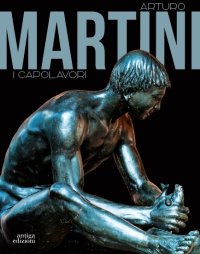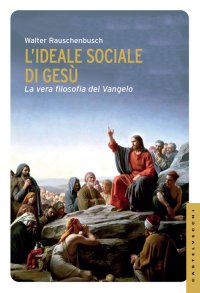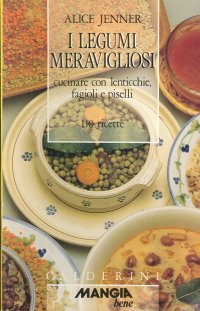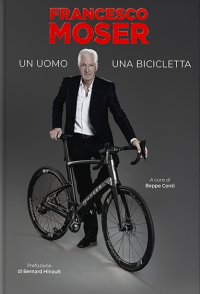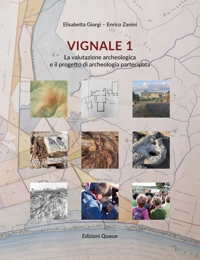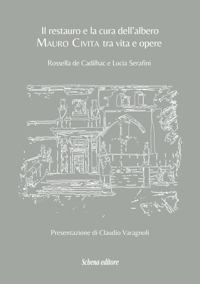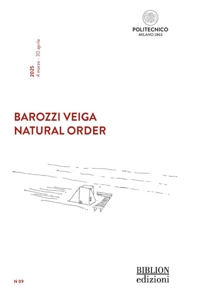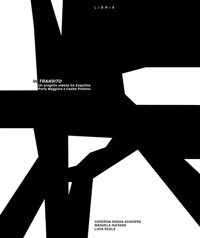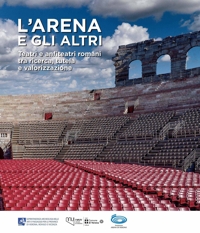Arturo Martini. I capolavori
Treviso, Museo “luigi Bailo”, March 31 - July 30, 2023.
Edited by Stringa Nico and Fabrizio Malachin.
Cornuda, 2023; paperback, pp. 278, col. ill., cm 23x29.
cover price: € 33.00
|
Books included in the offer:
Arturo Martini. I capolavori
Treviso, Museo “luigi Bailo”, March 31 - July 30, 2023.
Edited by Stringa Nico and Fabrizio Malachin.
Cornuda, 2023; paperback, pp. 278, col. ill., cm 23x29.
FREE (cover price: € 33.00)
Studi su Arturo Martini. Per Ofelia
Edited by Matteo Ceriana and Claudia Gian Ferrari.
Milano, Atti del Covegno, 19 maggio 2008.
Milano, 2009; paperback, pp. 136, 97 b/w ill., cm 17x24.
FREE (cover price: € 29.00)
Canova. L'invenzione della gloria. Disegni, dipinti e sculture.
Genova, Palazzo Reale, April 16 - July 24, 2016.
Edited by Giuliana Ericani and Franceasco Leone.
Roma, 2016; paperback, pp. 306, col. ill., col. plates, cm 23x30.
FREE (cover price: € 35.00)
Giotto and the Arena Chapel: Art, Architecture and Experience
Harvey Miller Publishers
English Text.
London, 2008; clothbound, pp. 447, 298 b/w ill., 68 col. ill., cm 22x28.
(Studies in Medieval and Early Renaissance Art History. 47).
ISBN: 1-905375-12-3 - EAN13: 9781905375127
Subject: Essays (Art or Architecture),Monographs (Painting and Drawing)
Period: 1000-1400 (XII-XIV) Middle Ages
Languages: 
Weight: 2.09 kg
Part II is introduced by a discussion of the frescoes that would be encountered by visitors to the Arena Chapel. These frescoes were deliberately placed in these positions by Giotto in order to further a process of luminal transformation upon entry into sacred space. Giotto employed radically new compositional devices to evoke correspondences between the pictured protagonists in their fictive environments, and viewers in the real environment of the chapel.
Francesca Cenerini € 18.05
€ 19.00 -5 %
Alessandro Cecchi Paone € 8.55
€ 9.00 -5 %
Fausto Biloslavo; Matteo Carnieletto € 14.25
€ 15.00 -5 %






